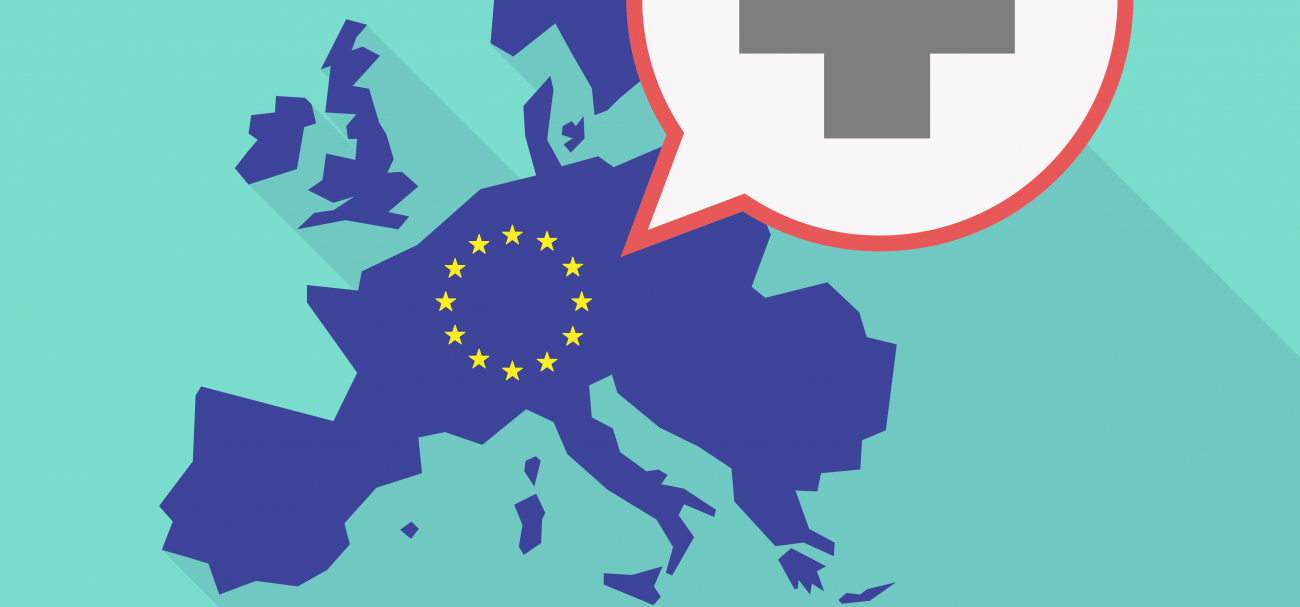
Cross border healthcare
The scope of cross-border health services and their coverage by national healthcare systems is highly complex across EU Member States. The greatest concern for citizens is the conditions under which they have the right to receive healthcare in another EU MS, including the recognition of their prescription. Directive on the application of patients’ rights in cross-border healthcare (Directive 2011/24/EU) (Cross-Border Healthcare Directive) makes this mandatory.
It also made recognition of prescriptions from another EU Member State mandatory. When implementing the Directive, the European Commission put in place a set of measures and guidelines to facilitate this recognition, including a proposal for development of a non-exhaustive list of elements to be included in the cross-border prescription.
The role of the pharmacists in relation to the prescription goes beyond what is usually perceived by the patient or authorities. From a public health perspective, pharmacists need to assess, authenticate and validate the prescription. They also need to provide advice to the patient on the medicines’ use and follow the rules of substitution in the countries where substitution is in force. In some countries they need to consider different alternatives to the prescribed medicine in cases of urgent need.
Moreover there is a significant burden of bureaucracy related to the management and authentication of the prescriptions. Pharmacists need to record prescriptions for reimbursement purposes, keep records or register the dispensing of medicines under special provision (narcotics, etc). Additionally, it is important to ensure that contact between the prescribing party and a dispensing pharmacist is possible, allowing to identify and prevent potential medication errors and clarify any other issues that may arise.
PGEU has worked closely with DG SANCO and other relevant stakeholders in the scope of Roadmap ‘Implementing measures for improving the recognition of prescriptions issued in another Member State’.
On 21 September 2019, the Commission published its report on the operation of the Cross-border Healthcare Directive in the last three years (2015-2018). The report points out towards a slight increase of cross-border patient mobility within the EU following the application of the Directive. It also indicated the Directive has improved legal certainty and clarity for cross-border as well as for domestic patients over their rights. However, according to a Eurobarometer survey of 2015, less than 30% of the respondents knew about their right to present prescriptions issued abroad.
On 12 February 2019, the European Parliament also adopted an own-initiative report on the implementation of this Directive. The report, which is non-binding, calls on the Member States and their respective health authorities to address the legal and practical issues that currently hinder the mutual recognition of prescriptions across the EU, and urges the Commission to take supportive action in this regard.
All Policies